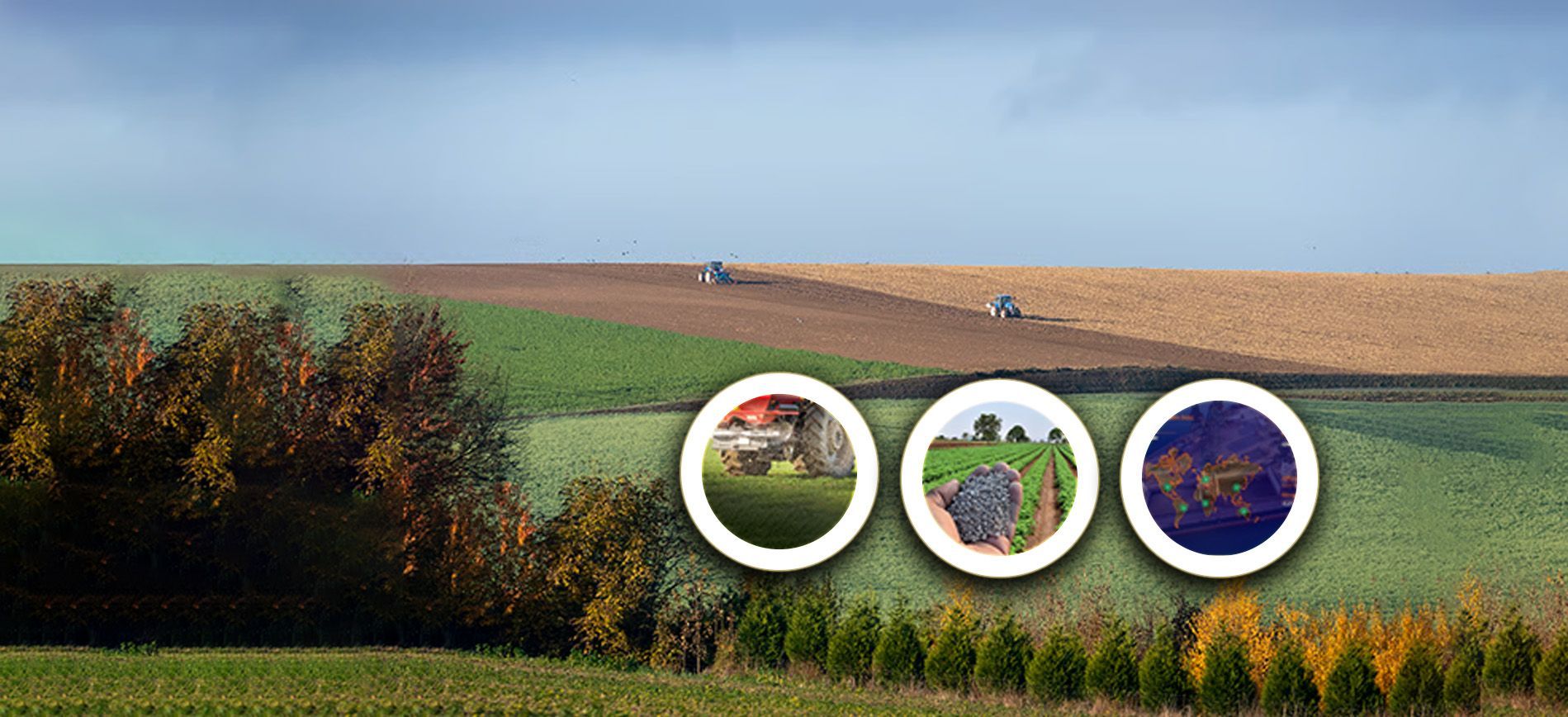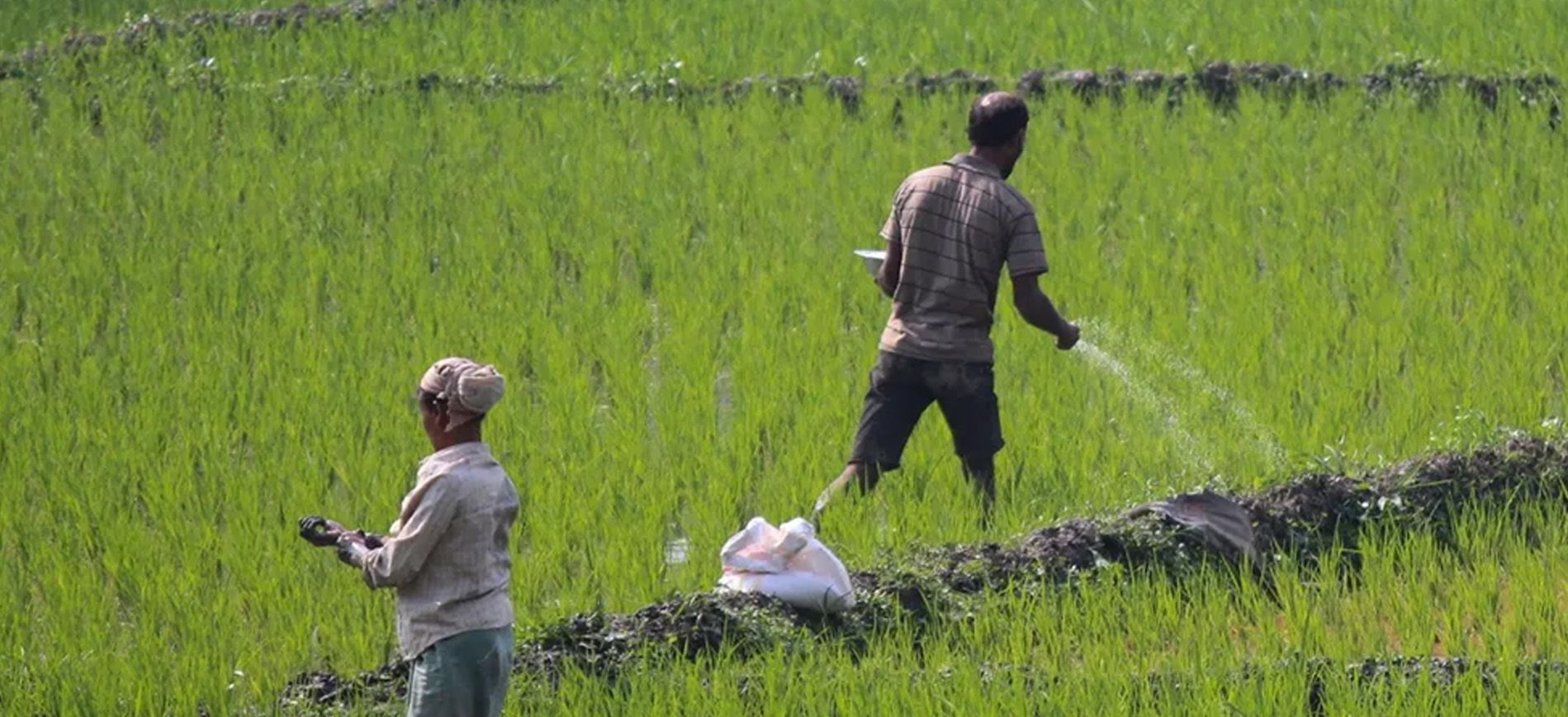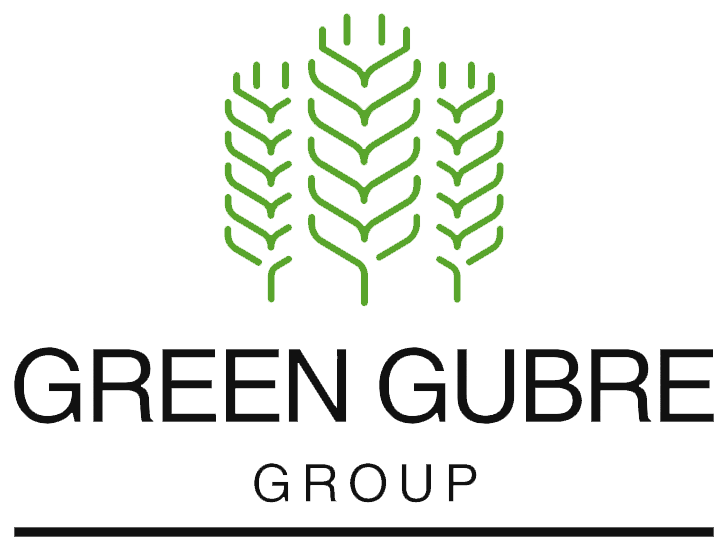Fertilizer Market Trends Amid Middle East Conflict – April 2025 Analysis
Fertilizer Market Trends Amid Middle East Conflict –
April 2025 Analysis

As of April 2025, the escalating tensions and ongoing conflict in parts of the Middle East are sending shockwaves through the global fertilizer market. The region, a cornerstone for nitrogen-based fertilizers such as urea and ammonia, and a key supplier of sulfur and phosphates, is grappling with logistical and geopolitical disruptions that have significantly impacted trade flows, pricing volatility, and buyer strategies worldwide. The situation demands our immediate attention and action.
This blog explores how the Middle East conflict is influencing global fertilizer markets, focusing on urea, ammonia, sulfur, and NPK trade routes. We also analyze supply chain adjustments, buyer responses, and the strategic importance of Middle Eastern producers in the fertilizer economy in 2025. Due to their significant share in global exports and strategic location, these producers play a crucial role in shaping the global fertilizer market.
The Middle East: A Fertilizer Powerhouse Under Pressure
The Middle East—especially countries like Iran, Saudi Arabia, Qatar, Oman, and the UAE—is critical in supplying urea, ammonia, and sulfur globally. These products are essential to agriculture and deeply embedded in price-sensitive food systems across Asia, Africa, and South America. The conflict has disrupted the supply of these crucial fertilizers, leading to potential price hikes and food insecurity in these regions.
However, recent geopolitical instability, particularly cross-border tensions and disruptions in maritime activity across the Red Sea, Strait of Hormuz, and parts of the Persian Gulf, has caused ripple effects across international fertilizer markets.
Sulfur and NPK Trade Disrupted
The Middle East is also a key exporter of sulfur, a critical input for ammonium sulfate (AS) and NPK production. Disruption in sulfur loading terminals in Iran and Qatar has affected availability:
- Sulfur FOB Iran (granular/lump) surged to $150–160/MT in April, up from $130–135/MT in March, due to limited port operations and shipping insurance hikes.
- NPK blends produced in the UAE and Oman for African markets are facing rerouting challenges, especially for deliveries to West Africa, a region heavily reliant on imports from the Persian Gulf.
Freight and Insurance Costs Soar
As a direct result of conflict-zone classifications in shipping lanes:
- Freight rates from the Middle East to Africa and Southeast Asia have increased by 25–30%.
- Insurance premiums for cargo ships transiting the Persian Gulf and Red Sea have sometimes doubled.
- Many buyers, especially in Africa and India, request CFR contracts with flexible laycan periods or FOB terms with third-party freight control to mitigate risk.
Strategic Stockpiling and Buyer Responses
Importers in India, Brazil, West Africa, and Southeast Asia are adjusting strategies:
- India’s latest urea tender was advanced to secure April–May cargoes amid concerns of continued instability.
- Nigerian and Ghanaian importers have begun pre-booking Q3 deliveries from Oman and Russia, anticipating prolonged Middle Eastern disruptions.
- China is reevaluating phosphate purchases from Saudi Arabia and Ma’aden, exploring increased volumes from Morocco.
Market Outlook: Volatility Will Persist
Looking ahead:
- If tensions continue into the planting season in the Northern Hemisphere, we could see a 10–15% global increase in nitrogen-based fertilizer prices by June 2025.
- Buyers may shift toward non-Middle Eastern sources such as Russia, North Africa (e.g., Morocco, Egypt), and Indonesia, despite logistical or political challenges in those regions.
- Increased interest in green ammonia projects in the UAE and Saudi Arabia could be delayed as governments refocus budgets toward national security.
Conclusion
The Middle East remains a dominant force in global fertilizer supply, and the current conflict, while testing the resilience of international trade networks, also showcases their strength. While production remains stable at most facilities, the logistical choke points, rising insurance costs, and shipping risks are compelling buyers to reconsider sourcing strategies. This resilience should instill confidence in our ability to navigate these challenging times.
In the coming months, stakeholders must monitor the geopolitical situation closely while diversifying supply routes and building stronger inventory strategies. In this climate of uncertainty, proactive planning is not just important, it's essential. Transparency and long-term partnerships will be vital in ensuring food security for fertilizer-dependent nations, and with the proper planning, we can be prepared for whatever the future holds.




